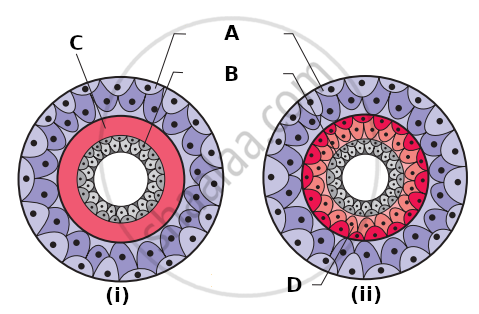Advertisements
Advertisements
प्रश्न
Which of the following have the highest number of species in nature?
पर्याय
Insects
Birds
Angiosperms
Fungi
उत्तर
Insects
संबंधित प्रश्न
If you are given a specimen, what are the steps that you would follow to classify it?
What are the reasons that you can think of for the arthropods to constitute the largest group of the animal kingdom?
Complete the following chart.
| Body cavity | Germ Layer | Phylum |
| Absent | ______ | Porifera |
| Absent | Triploblastic | ______ |
| Pseudocoelom | ______ | Aschelminthes |
| Present | ______ | Arthropoda |
Draw a neat and labelled diagram.
Jellyfish
The following characteristics are essential for classification.
The symmetry exhibited in cnidarians is ______.
In Pheretima locomotion occurs with the help of ______.
Which of the following is a crustacean?
Observe the animal below and answer the following questions.

- Identify the animal.
- What type of symmetry does this animal exhibit?
- Is this animal Cephalized?
- How many germ layers does this animal have?
- How many openings does this animal’s digestive system have?
- Does this animal have neurons?
What are flame cells?
______ was a greek philosopher who classified animals.
______ is a fluid-filled body cavity.
In which of the following the notochord is present only in embryonic stages?
Examine the figures of diploblastic (i) and triploblastic (ii) organization in animals given below and identify the labelled parts A to D.

Identify the phylum in which adults exhibit radial symmetry and larva exhibit bilateral symmetry.
Which group of chordates possess sucking and circular mouth without jaws?
Provide appropriate technical term in the space provided.
Blood-filled cavity in arthropods ______.
Sort out the animals on the basis of their symmetry (radial or bilateral) coelenterates, ctenophores, annelids, arthropods, and echinoderms.
